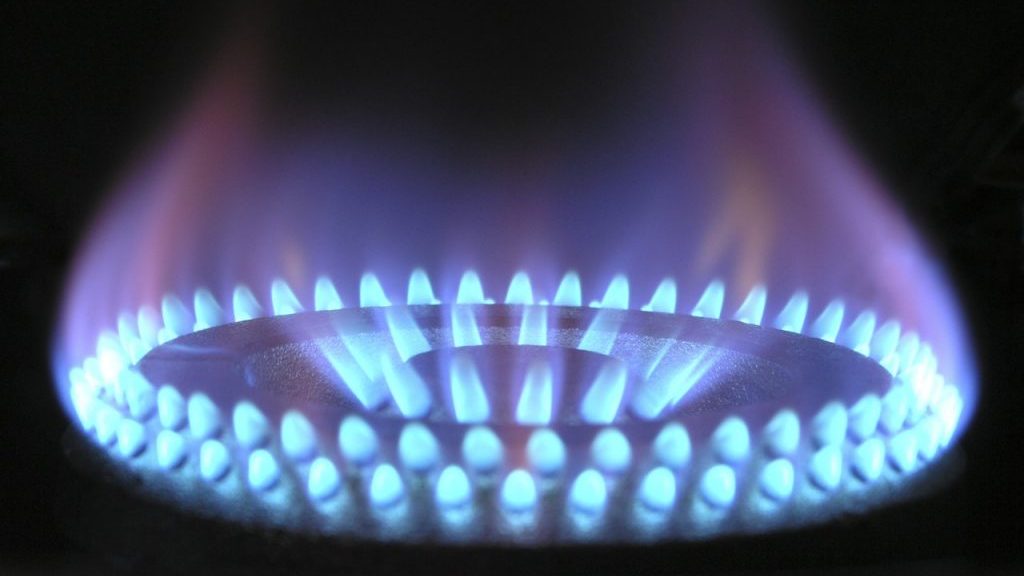TORONTO — Ontario’s Independent Electricity System Operator (IESO) has released a study suggesting that phasing out gas generation by 2030 would result in blackouts and hinder electrification, but could be considered given more time and planning.
The report says Ontario’s economy is well set up for decarbonization, but it will be necessary to rely on existing gas generators for a number of years to support wide-scale emissions reductions.
“Ontario’s electricity system is 94-per-cent emissions-free as a result of the phase-out of coal generation seven years ago,” said Lesley Gallinger, IESO president and CEO, in a statement. “This gives us a real advantage when it comes to electrification – our system offers an immediate and cost-effective approach to emissions reduction from other sectors in the economy.”
The study examined the question posed by 31 Ontario municipal councils calling for the complete phase-out of natural gas generation in the province by 2030. It provides analysis of the current importance of natural gas, noting that over the next decade the province faces growing demand for electricity.
Report findings include:
- The complete phase-out of gas generation by 2030 would lead to blackouts as electricity would not always be available where and when needed. Gas generation currently plays an important role as it is almost always available, responding quickly to changes in consumption and balancing variable output from wind and solar generation.
- Replacing gas would mean relying on newer forms of supply such as storage, small modular reactors and demand response, which are not yet proven in Ontario at the scale they would be needed. Nor is there sufficient people, capital and equipment to build the necessary replacement infrastructure by 2030.
- At an accelerated timeline, the phase-out would cost more than $27 billion to install new sources of supply and upgrade transmission infrastructure. This translates into a 60 per cent or $100 increase on the average monthly residential bill.
“As the organization responsible for reliability of the grid, we are taking steps to ensure that it can support wide-scale electrification,” said Gallinger. “But we can’t do this in isolation. We will be working with the electricity sector, as well as businesses, universities, municipalities and other organizations in the electrification space, to determine how we can best support efforts to meet provincial emissions targets.”











Recent Comments